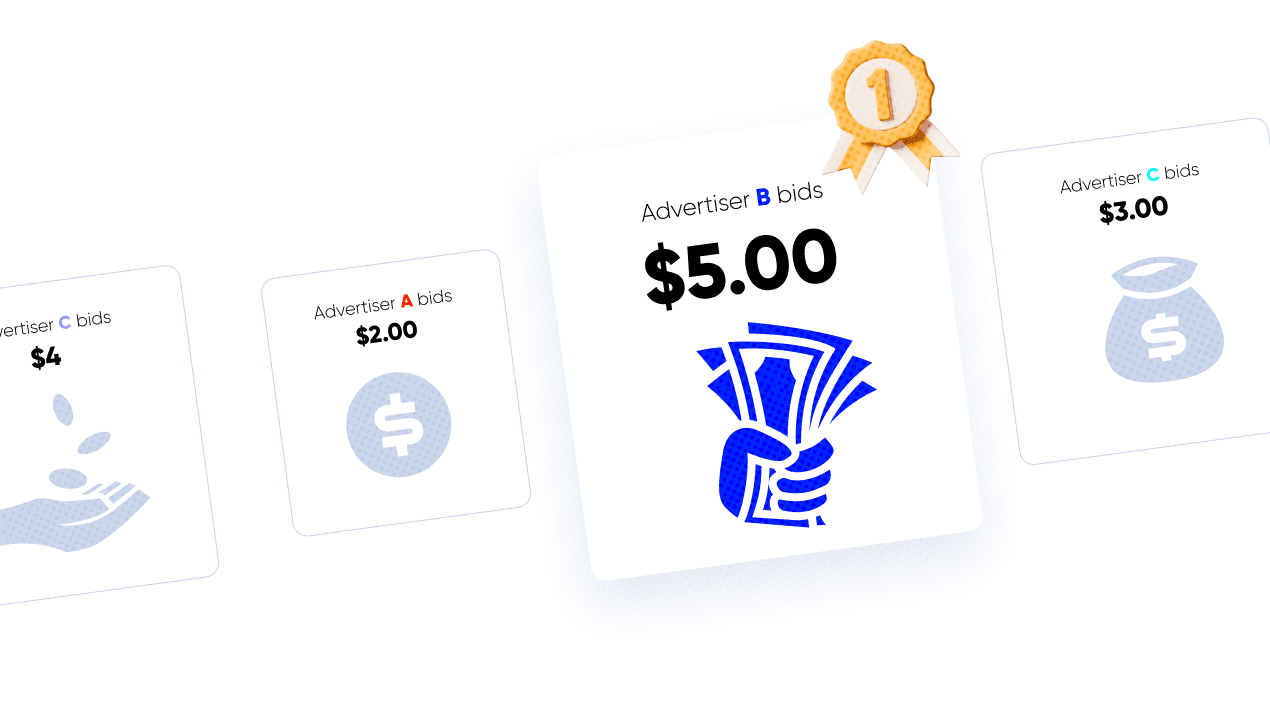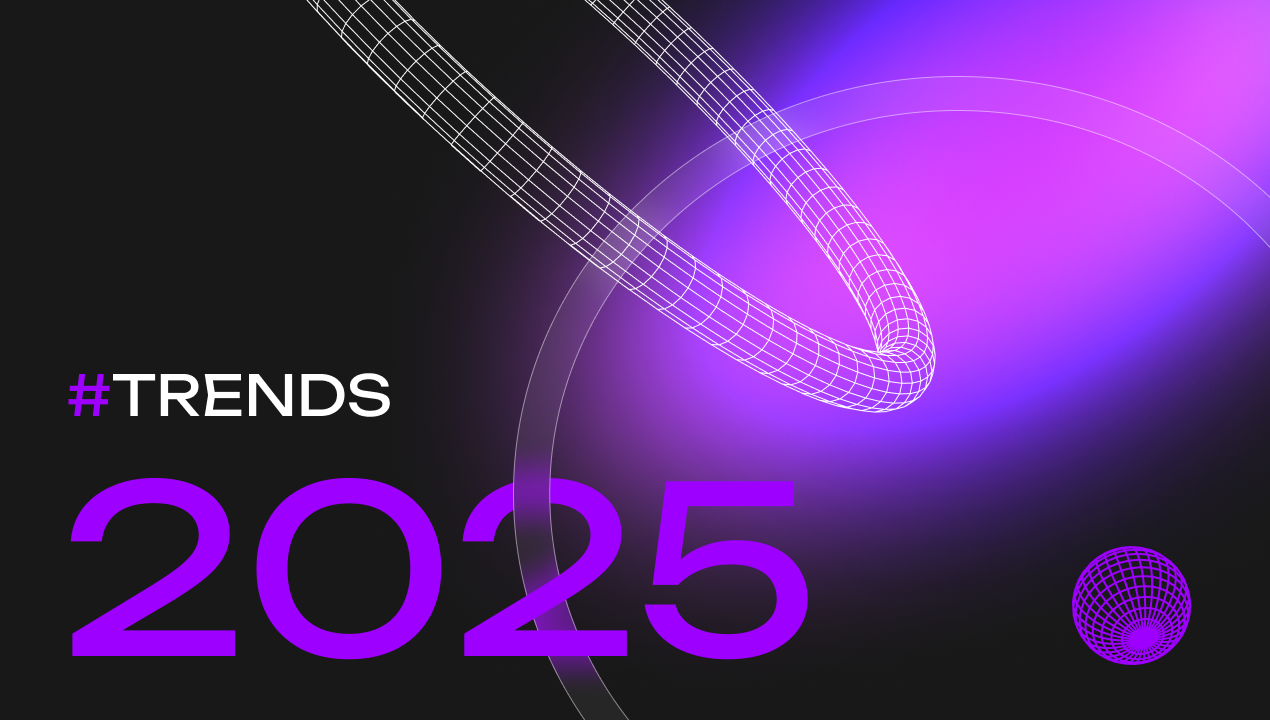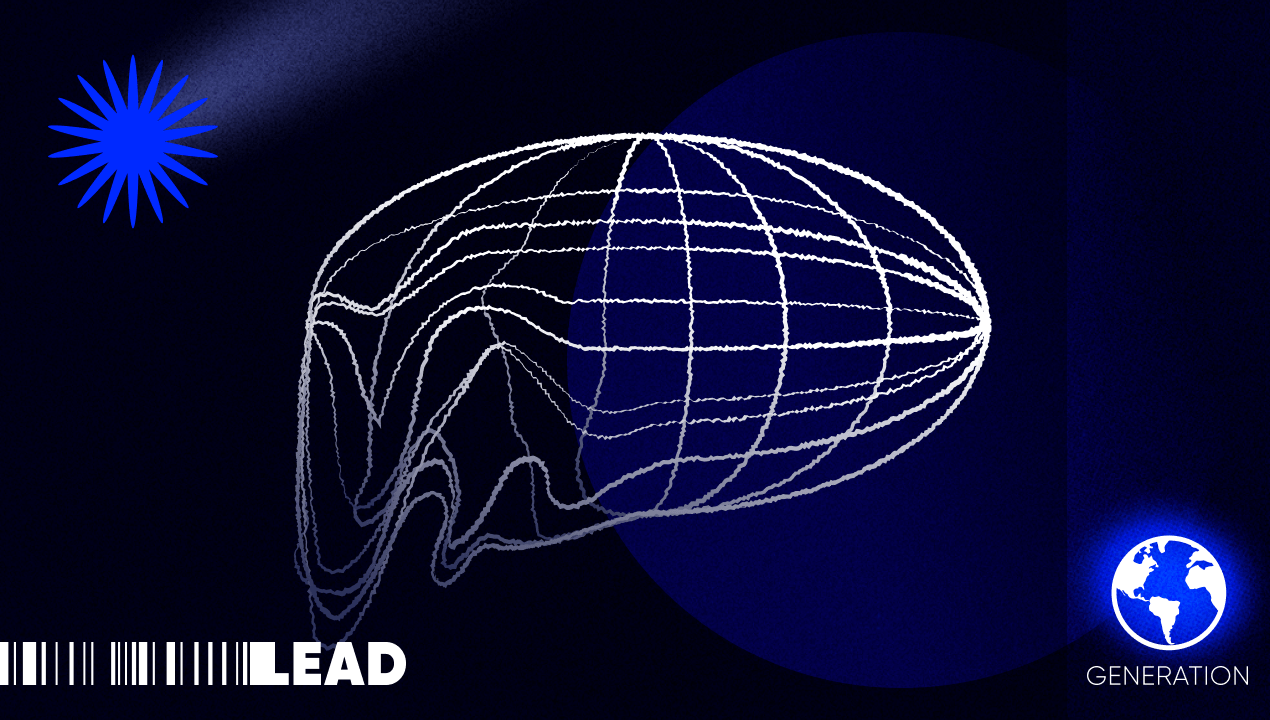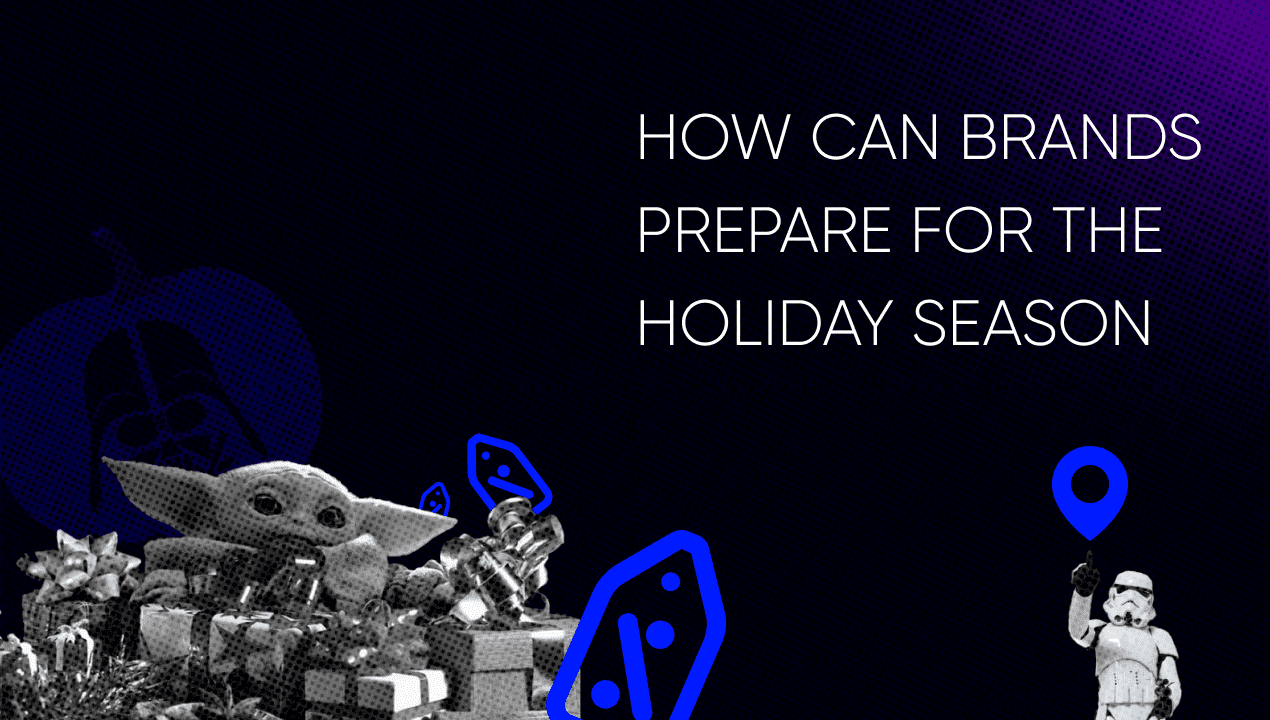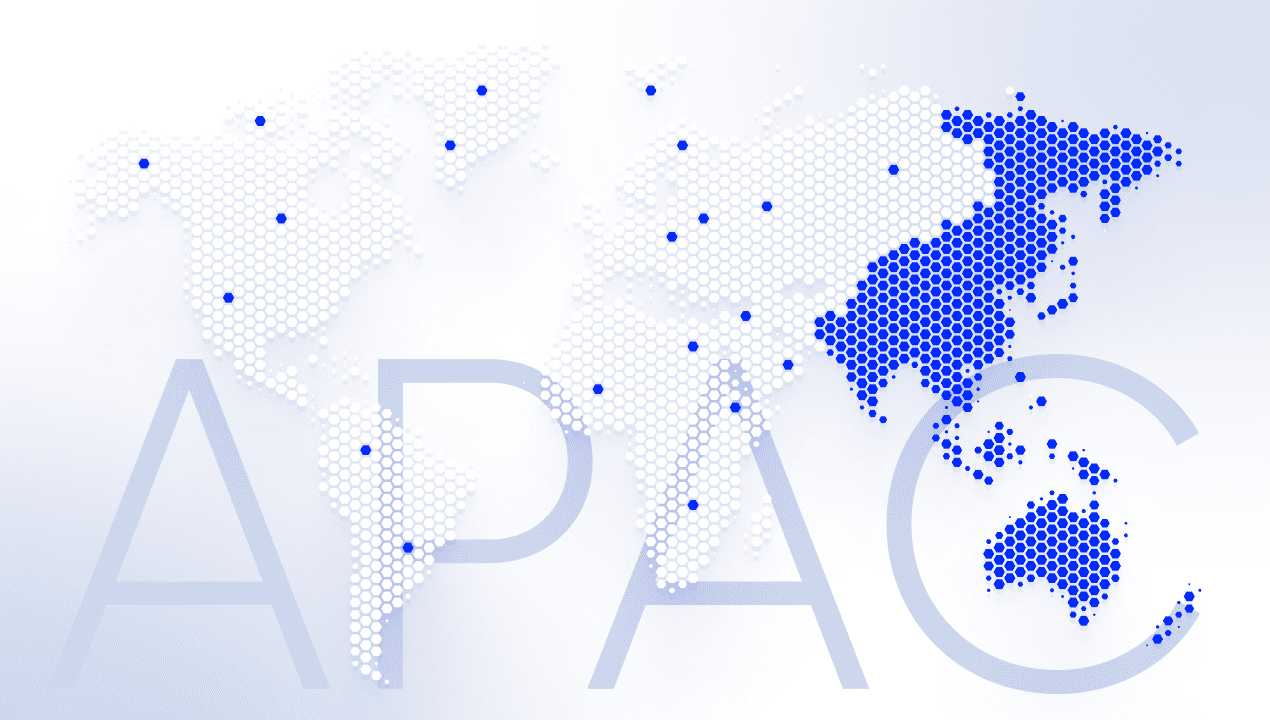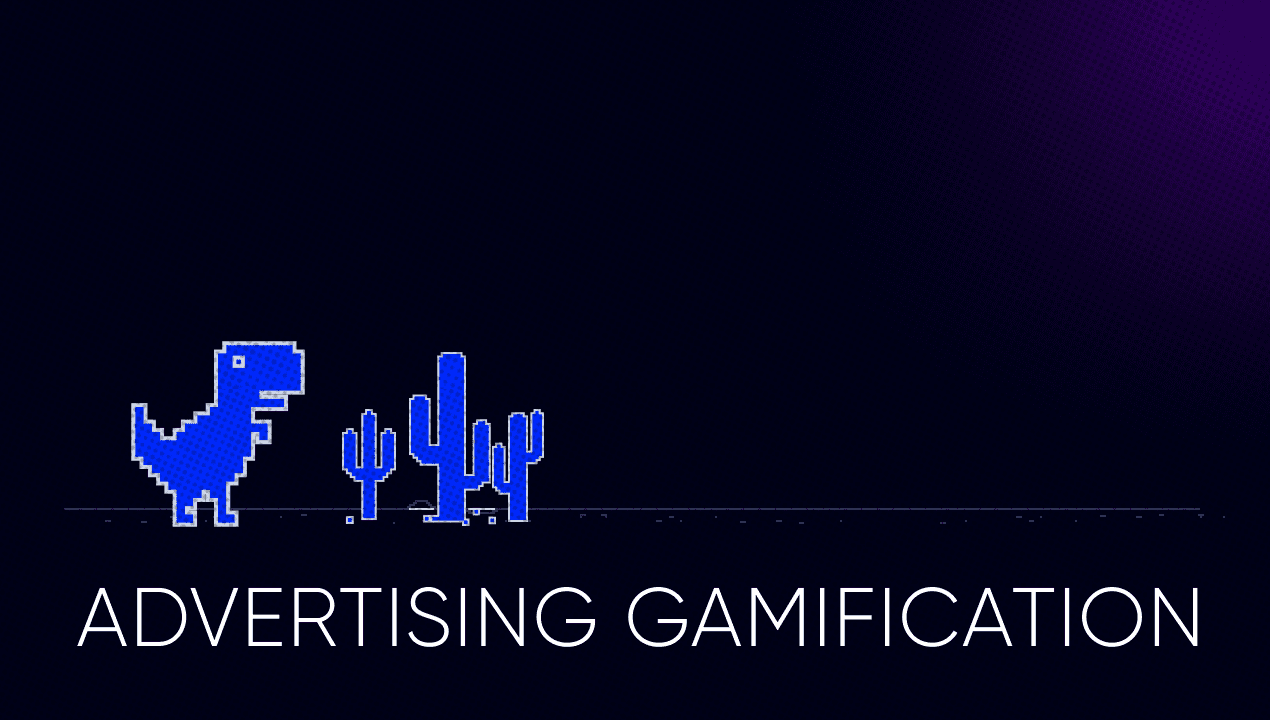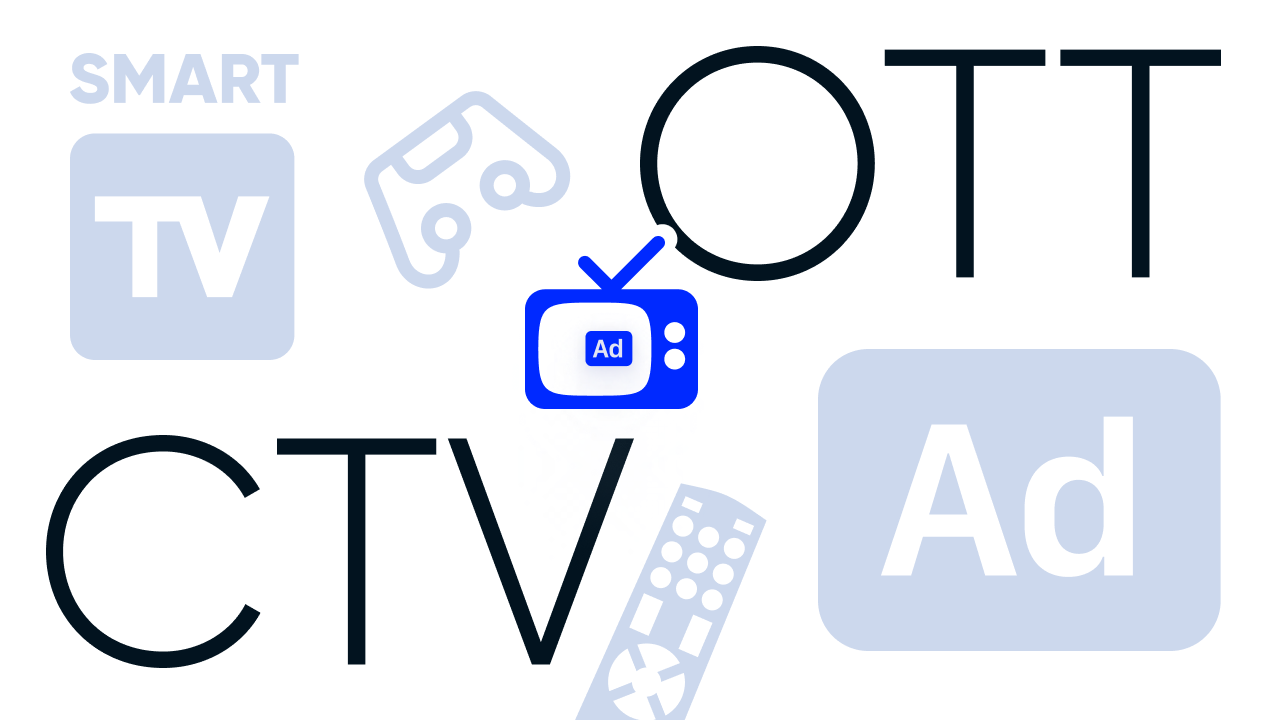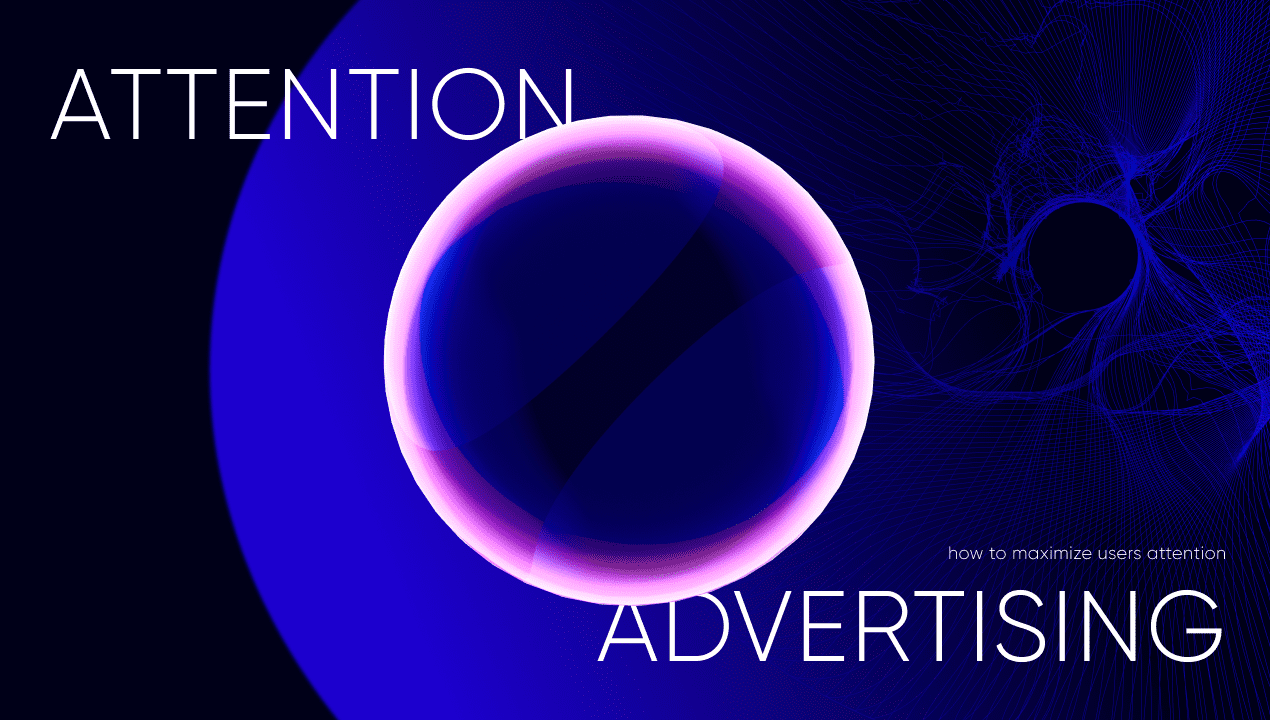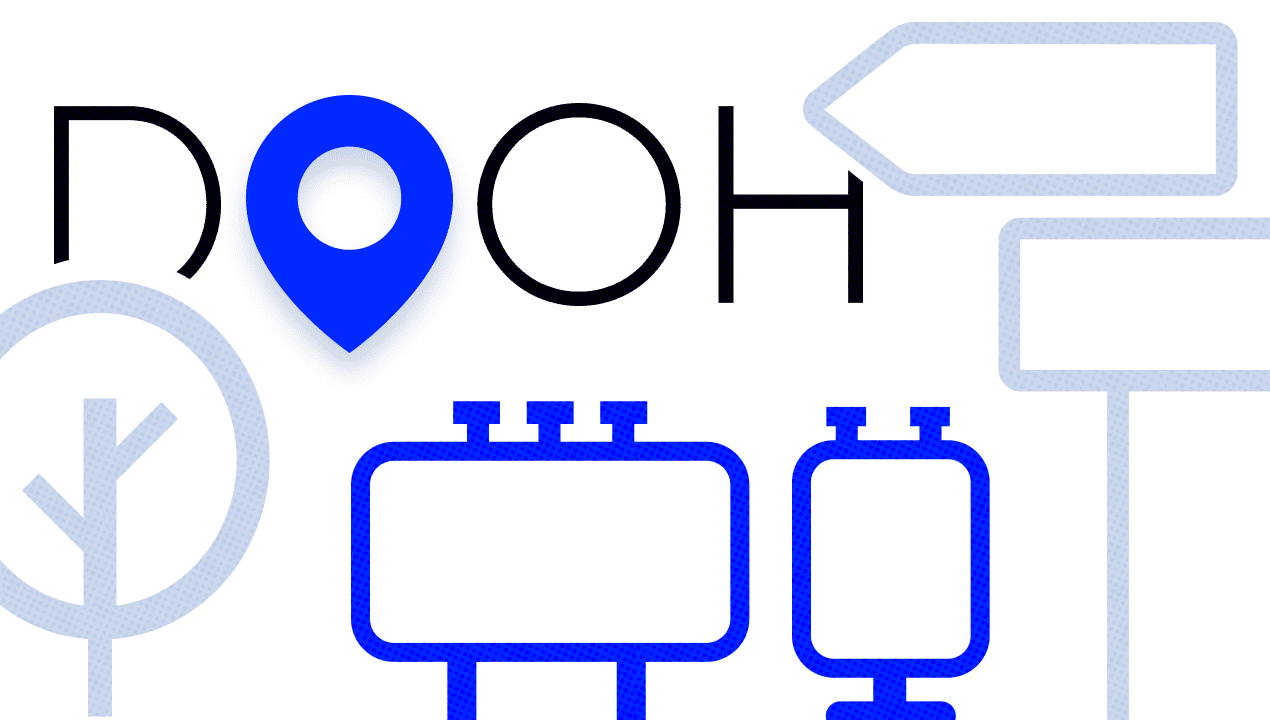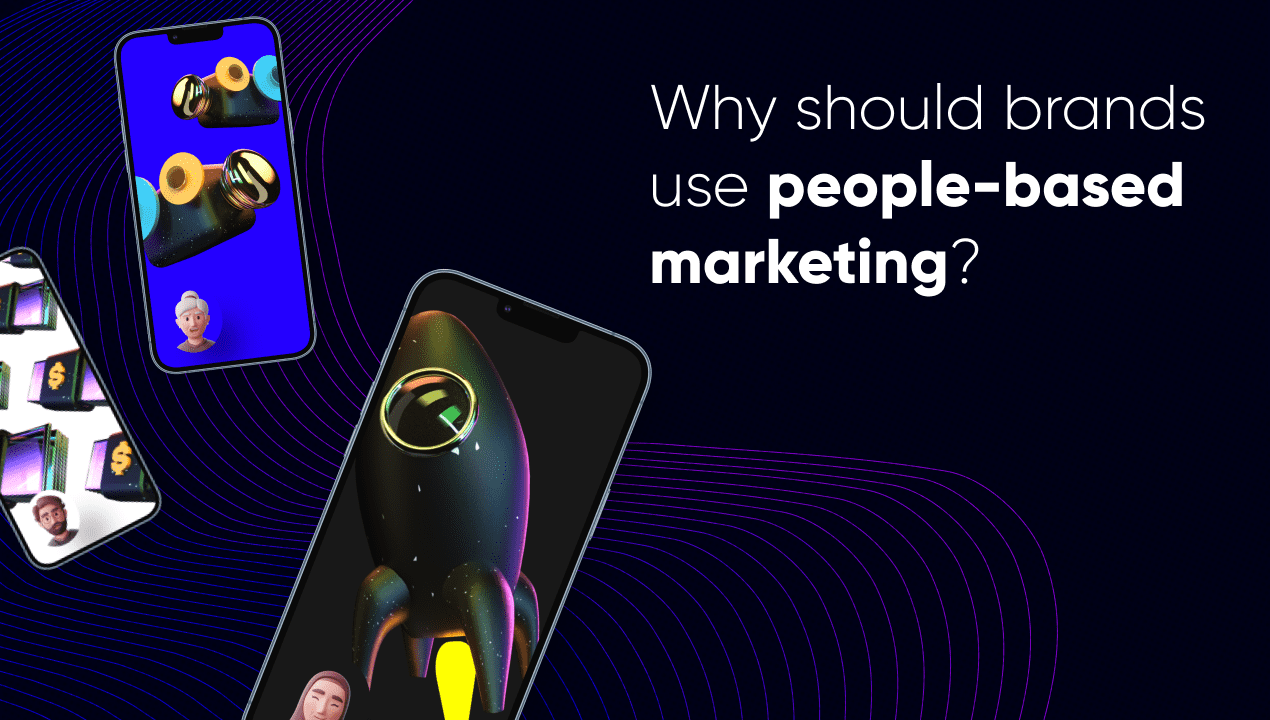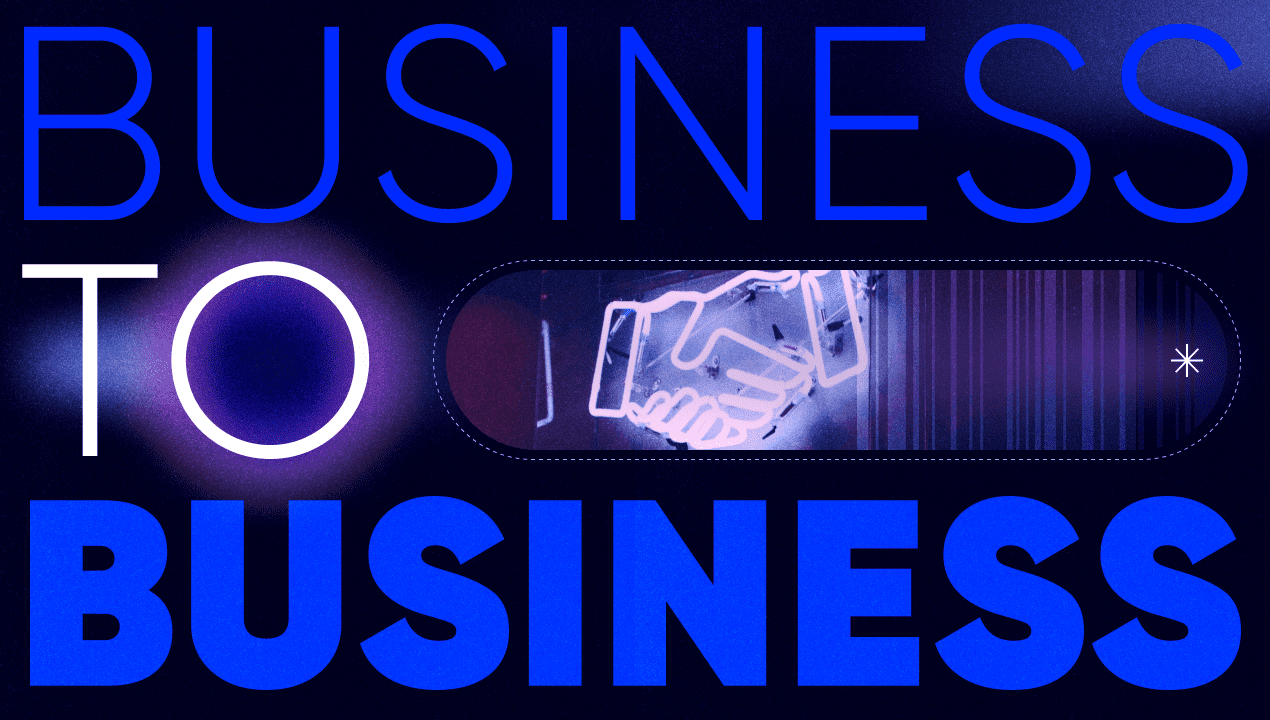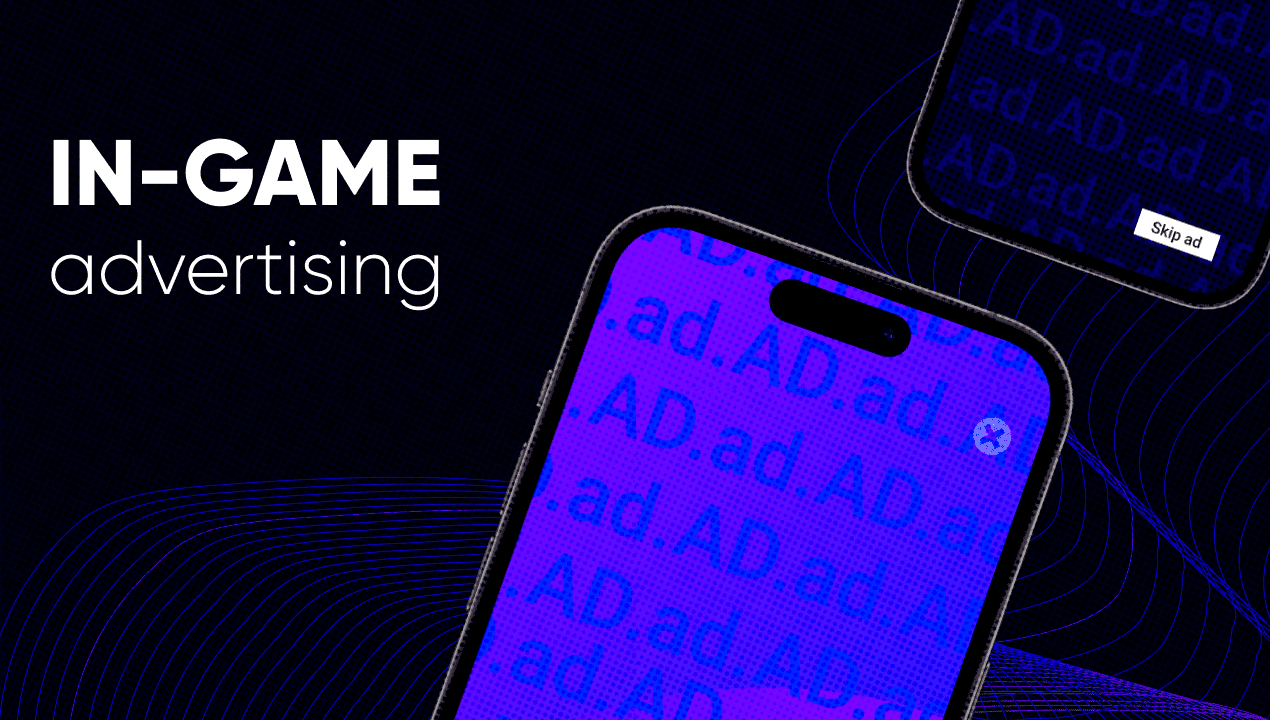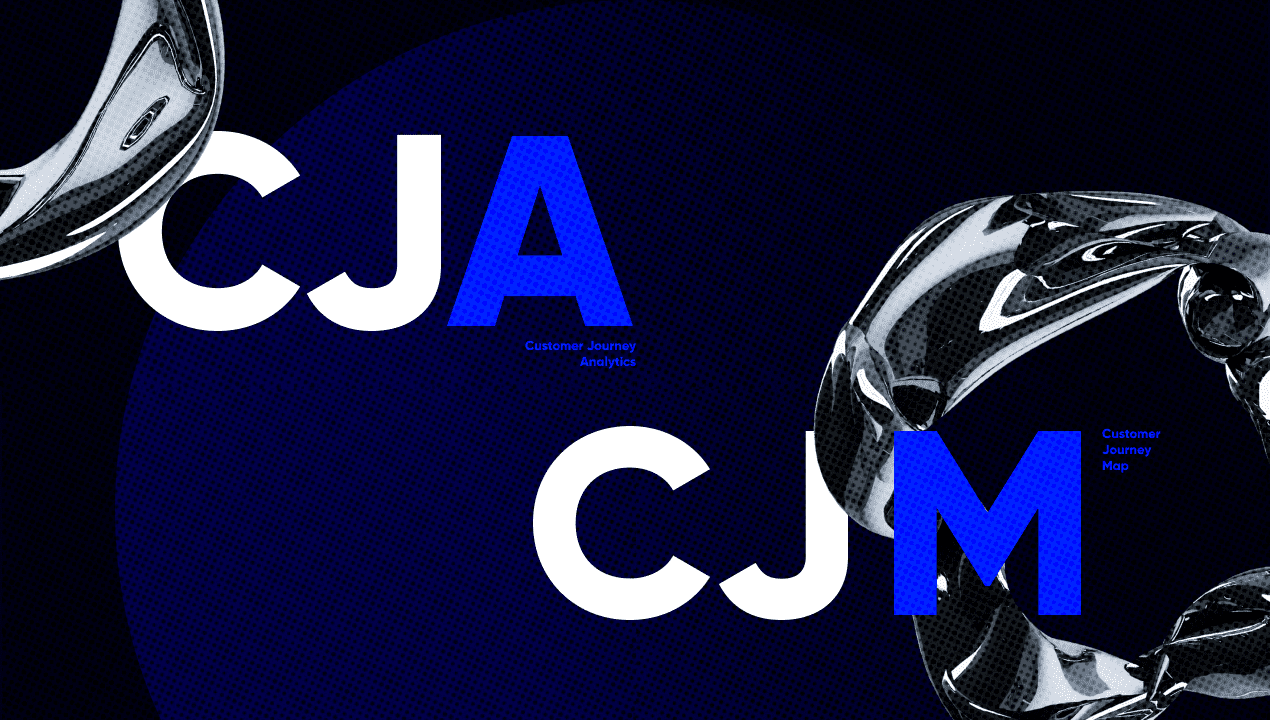
Guide for brands into lead generation marketing
- Author: Lizaveta Zhuk
In the early 90s, something exciting started happening on the internet—the first online business took off. Entrepreneurs worldwide began embracing the power of the internet and created their own online stores. This newfound trend caught on like wildfire and has been steadily growing ever since. However, new challenges and questions came with new technologies and opportunities. As the key benefit of the open internet is the opportunity to attract customers from all over the world, one of the main questions is how to attract qualified leads.
In this article, you’ll learn about what lead generation is in digital marketing, how it works, common lead generation problems and their solutions, how you can improve your lead generation strategies, and so on.
What is lead generation?
Lead generation is a practice of identifying potential customers with a genuine interest in a brand’s products or services, turning them into clients and retaining them. The goal is to connect with users early in their buyer journey, increase their trust and build loyalty so that when they’re ready to purchase, they will purchase your services or products.
That’s why the lead generation process requires a comprehensive strategy and tactic that includes different tools:
- email;
- social media;
- digital ads;
- blogs;
- live event;
- coupons, promotions, and so on.
Tools that will show greater results for your business will depend on a brand’s niche and audience. However, it’s crucial to remember that lead generation is about developing meaningful relationships with the audience through each sales funnel stage. With a comprehensive lead generation funnel, brands can drive sustainable revenue growth and success.
Why is lead generation important?
Clients are fuel for business as they drive its revenue. Lead generation marketing is a factory that provides businesses with new customers. The more flexible and well-established lead generation strategy brands have, the more clients they will attract. Without leads, brands would struggle to expand their customer base.
Also, it is essential for several reasons:
- Revenue Growth: Leads are potential customers. The more qualified leads businesses have, the more sales opportunities they get in the long term. So, tools for lead generation have great potential for revenue growth.
- Long-Term Sustainability: Lead generation is not just about acquiring customers for immediate sales but also about building a sustainable business model. By continuously generating leads and nurturing customer relationships, businesses can create a loyal customer base that provides long-term stability and sustainability.
- Market Awareness: When brands try to attract potential clients, they usually keep a comprehensive strategy. Using different tools and channels to interact with users, brands provide their presence in the open internet where their target audience is. This way, companies stay in front of the audience and, step by step, go to the top of their minds.
- Building Relationships: Generating leads allows businesses to establish and nurture relationships with potential customers. By engaging with leads through various channels, such as email marketing, social media, or content marketing, businesses can build trust and credibility, making it more likely for leads to convert into loyal customers.

Source: Forbes
What are the top lead generation problems?
Problem 1: Lack of Targeted Audience. Many businesses struggle with lead generation because they fail to identify and target their ideal audience effectively.
Solution: Conduct thorough market research to understand your target audience’s demographics, interests, pain points, and behaviors. To gather data, use tools like analytics, social media insights, and customer surveys. Tailor your messaging and marketing strategies to resonate with your target audience’s needs and preferences.
Problem 2: Lack of Integration Between Sales and Marketing. When sales and marketing teams operate in silos, it can lead to misalignment and inefficiencies in lead generation efforts.
Solution: Foster collaboration and communication between your sales and marketing teams to ensure seamless lead handoff and follow-up. Implement a shared CRM system to track and manage leads effectively across the entire sales funnel. Establish clear criteria for lead qualification and define the roles and responsibilities of each team in the lead generation process.
Problem 3: Failure to Qualify Leads Effectively. Without proper lead qualification processes in place, businesses may waste resources chasing unqualified leads that are unlikely to convert.
Solution: Develop a lead scoring system that assigns values to leads based on their demographics, behaviors, and engagement with your brand. Define clear criteria for lead qualification, such as budget, authority, need, and timeline. Implement lead scoring automation tools to track and evaluate lead interactions, enabling your sales team to prioritize leads most likely to convert into customers.
Problem 4: Insufficient Traffic to Lead Generation Channels. Low traffic to lead generation channels such as websites, social media profiles, or landing pages can hinder the generation of new leads.
Solution: Increase traffic to your lead generation channels through various strategies such as search engine optimization (SEO), content marketing, social media advertising, digital advertising and email marketing. Create high-quality, valuable content that resonates with your target audience and promotes engagement. Utilize targeted advertising campaigns to drive relevant traffic to your lead generation assets.
Problem 5: Poorly Optimized Landing Pages. Landing pages play a critical role in converting visitors into leads. However, they may fail to engage and convert prospects if poorly designed or optimized.
How to optimize a landing page for lead generation? Optimize your landing pages for conversions by keeping them simple, visually appealing, and easy to navigate. Use compelling headlines, clear calls-to-action (CTAs), and persuasive copy that highlights the benefits of your offer. A/B test different elements such as headlines, CTA buttons, and form lengths to identify what resonates best with your audience.
How to automate lead generation?
Lead generation automation is the use of different tools and software to acquire new customers. These tools can include lead capture forms, website pop-ups, CRM software, email marketing, chatbots, digital advertising, etc. For greater efficiency, brands may use a combination of these tools. What will ultimately work best for a certain brand depends on a brand’s niche, target audience and sales process.
One of the efficient tools for attracting new customers is programmatic advertising. With AI & ML algorithms at the core, it determines users with high conversion possibilities who are interested in a brand’s products and services and turns them into qualified leads.
As we mentioned later, lead generation is not only about searching for and attracting new potential customers; it’s also about converting them into clients and retaining them. It requires a comprehensive approach and interactions with users throughout entire customer journeys. The greatest benefit of programmatic advertising is the opportunity to interact with users at the right moment during each step of their buyer journeys. And what’s more important—you’ll be able to do that with different ad formats that significantly stand your brands out from crowds and drive the efficiency of ad campaigns.
However, to have a chance at success, everything must work together—media strategy development, execution, evaluation and continuous optimization. It requires considering a lot of nuisances and bringing these nuisances all together. Brands may find it challenging. So the question is, how do we go about overcoming this challenge? One of the best decisions is to rely on a reliable partner.
NT Technology would be glad to become your programmatic partner. We have been mastering our own programmatic platform, NT DSP, for more than 10 years. During this time, we have mastered all the intricacies and nuances of media strategy development, running ad campaigns that yield desired results, optimization, and evaluation. We are continuously developing and improving our strategies, platforms, and approaches to solve your unique advertising challenges. Make sure the NT’s ad campaigns are highly efficient, as shown in the case study below.
How to drive leads for auto dealers by 2.5 times with programmatic advertising
Our client was one of the biggest auto dealers in Kenya, providing a wide range of automotive-related products and services and operating Kenya’s biggest network of dealerships. Like many dealership leaders over the last year, the client’s team faced ever-changing consumer needs and preferences, the challenge of customer defection, and a lack of advertising efficiency. The client came to us to generate leads for test drives.
The ad campaign included a mix of different banners, posts, stories on social networks, and lead generation forms on social networks. Despite limitations in ad formats, we still needed to attract the attention of the target audience. So our design team developed not only static banners but also interactive ones—cube ads. This interactive advertisement allows brands to showcase up to four images on its 4 sides. A cube can spin automatically or by swiping, engaging users to interact with one of the ad messages. Besides, we left the most profitable advertisements after the A/B testing.
As consumers often look for offers from auto dealers on search networks, we set up search ads. Also, we use retargeting to re-engage with users who visited the client’s site but didn’t complete the target action and who showed a high rate of interest in the client’s offer. Audience segments for retargeting include the following groups of users:
- who visited more than 2 pages of the site;
- who spent on the site more than 1,5 minutes;
- who visited the “Contact Us” page, and so on.
Additionally, we set up competitor targeting. Ad creatives were shown to the audience that viewed the competitors’ websites or looked for them as well.
As a result of the ad campaign, we achieved 134 applications for test drives, which is 2.5 higher compared with competitors’ ad channels. Also, the cost per lead was decreased by 1.4 times.
Conclusion
No leads, no sales, no profit. So, it’s crucial for a business to develop a lead generation marketing strategy, constantly improve it, and never stop optimizing. As we mentioned before, a comprehensive approach is required when all points of marketing strategy work together. It may be difficult, so it’s better to share responsibilities with a reliable partner. NT Technology will be appreciated in solving your marketing task and attracting qualified leads for your business. NT DSP was designed to deliver the results you are looking for, so contact us today.
Read also



